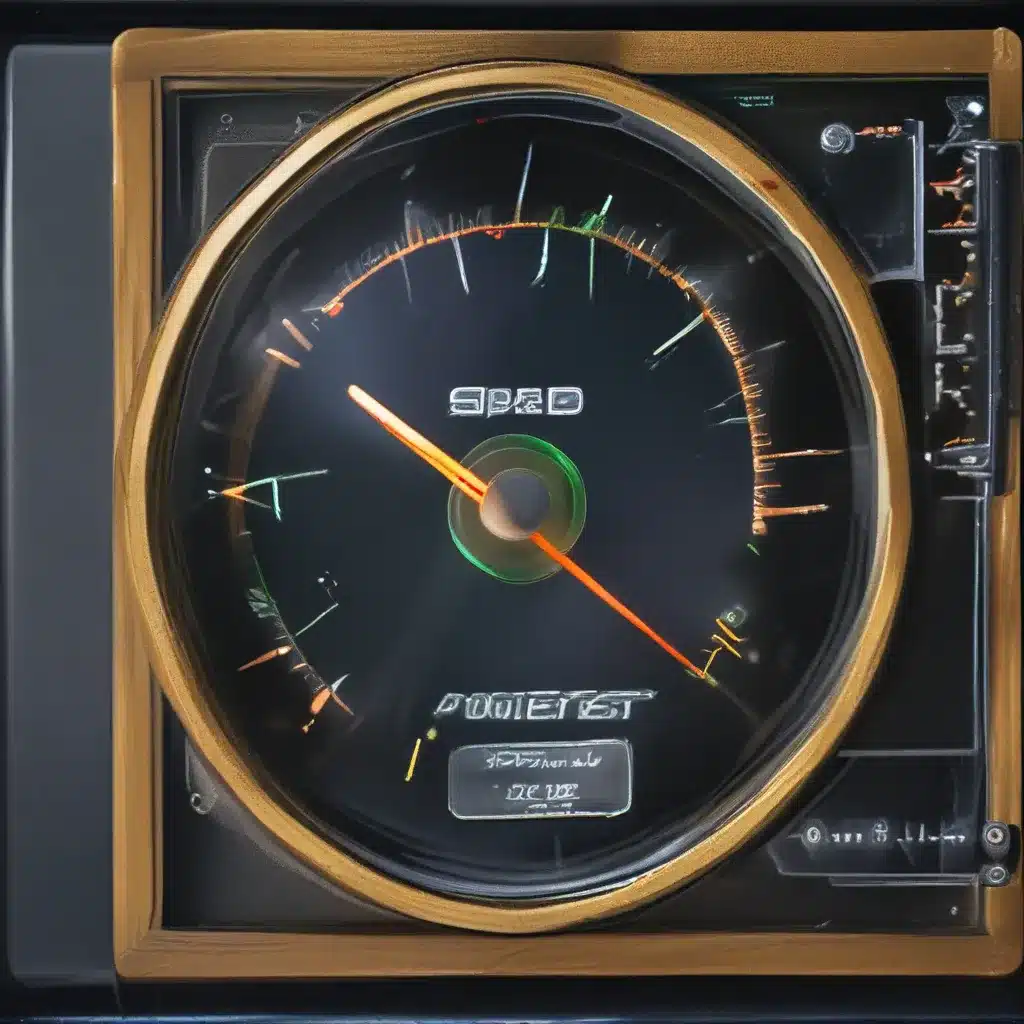
Struggling with Molasses-Paced Boot Ups? You’re Not Alone
Picture this – you press that power button, eager to dive into your workday, only to be met with a painfully sluggish boot process. Seconds feel like minutes as you watch your computer slowly crank through its Power On Self Test (POST), leaving you tapping your foot and stifling a groan. If this sounds all too familiar, rest assured that you’re not the only one dealing with this frustrating phenomenon.
As a computer repair technician here at IT Fix, I’ve seen my fair share of slow POST issues. From desktop dinosaurs struggling to remember their RAM to brand new gaming rigs getting bogged down by USB peripherals, there are a variety of culprits that can bring your boot times to a crawl. But don’t worry, my friends – I’m here to share my expertise and help you diagnose and overcome those molasses-paced power-ons.
Diagnosing the Problem: What’s Causing the Slow POST?
The first step in speeding up your PC’s POST is understanding what’s causing the slowdown in the first place. Now, the POST process may seem like a mysterious black box to the average user, but in reality, it’s a methodical system check performed by your computer’s BIOS (or UEFI) before handing off control to the operating system.
During the POST, your system is meticulously verifying everything from memory modules to storage devices, ensuring that all the essential components are functioning properly. This process normally happens in a matter of seconds, but various hardware and software factors can cause it to grind to a halt.
One common culprit I’ve encountered is an overloaded USB setup. As one user on the Dell community forums noted, plugging in a USB hub with multiple devices can seriously bog down the POST, as the system struggles to initialize all those peripherals. Similarly, power-hungry USB devices or even a malfunctioning UPS can introduce enough electrical irregularities to throw off the POST.
Another potential issue lies in your storage configuration. As the Level1 Techs forum post highlights, adding multiple hard drives (even non-boot drives) can significantly slow down the POST as the system scans for boot options across all connected storage. This is especially true if you’ve got a mix of old and new drives, or if one of your disks is starting to fail.
Putting the Pedal to the Metal: Strategies to Speed Up Your POST
Now that we’ve identified some of the common culprits behind sluggish boot times, let’s dive into the solutions. Here are a few strategies you can try to get your PC’s POST process back up to speed:
1. Streamline Your USB Setup
If you’ve got a USB hub or a bunch of peripherals plugged in, try disconnecting everything except your keyboard and mouse. This will allow the BIOS to quickly initialize the essential input devices without getting bogged down by unnecessary devices. You can always reconnect your other USB gadgets once you’re past the POST.
2. Optimize Your Storage Configuration
Take a look at the storage drives connected to your system. If you’ve got a mix of old and new drives, or if you’re using a RAID configuration, try disconnecting any non-essential storage devices and see if that speeds up the POST. You can also check your BIOS settings to ensure that any legacy boot options or RAID configurations aren’t causing unnecessary delays.
3. Update Your BIOS/UEFI
Outdated BIOS or UEFI firmware can sometimes introduce bugs or inefficiencies that slow down the POST process. Head to your motherboard manufacturer’s website, find the latest version of the BIOS/UEFI for your specific model, and follow their instructions to update it. Just be sure to back up your system first, as BIOS updates can be tricky.
4. Enable Fast Boot (With Caution)
Many modern BIOS/UEFI implementations offer a “Fast Boot” or “Quick Boot” option that can significantly reduce the time it takes to get through the POST. This feature skips some of the more thorough hardware checks, allowing your system to boot up more quickly. Just be aware that enabling Fast Boot can sometimes cause issues with certain hardware or software, so tread carefully and be prepared to revert the setting if needed.
5. Ditch the Bells and Whistles
Some BIOS/UEFI settings, like fancy boot logos, RGB lighting control, or advanced power management features, can actually slow down the POST process. Take a look through your system’s BIOS/UEFI settings and try disabling any non-essential options to see if that provides a speed boost.
Putting It All Together: Supercharging Your PC’s Boot Times
By applying these strategies, you should be able to shave precious seconds off your PC’s POST time and get back to work (or gaming) in a flash. Remember, every system is unique, so you may need to experiment a bit to find the right combination of tweaks that works for your setup.
And if you’re still struggling with slow boot times after trying these fixes, don’t hesitate to reach out to the team at IT Fix – we’re always happy to lend a hand and get your computer back up to speed. After all, we know how frustrating it can be to sit and watch that progress bar crawl along at a snail’s pace. Let’s get your PC primed and ready to power on in record time!












